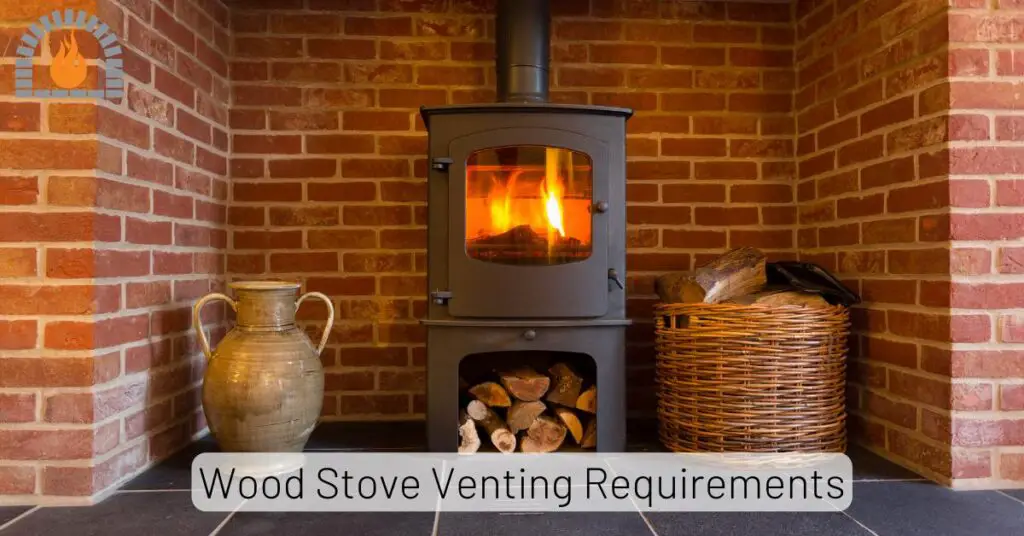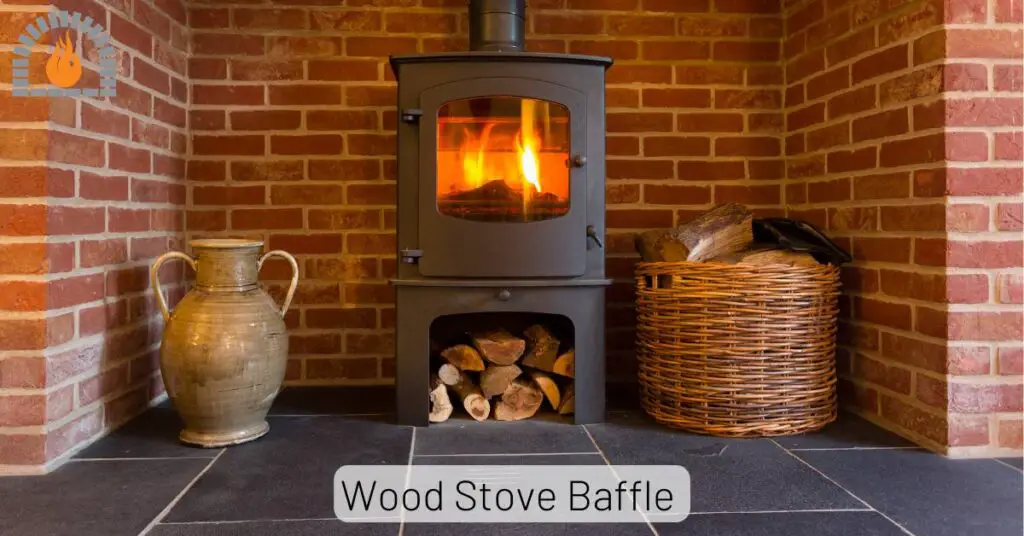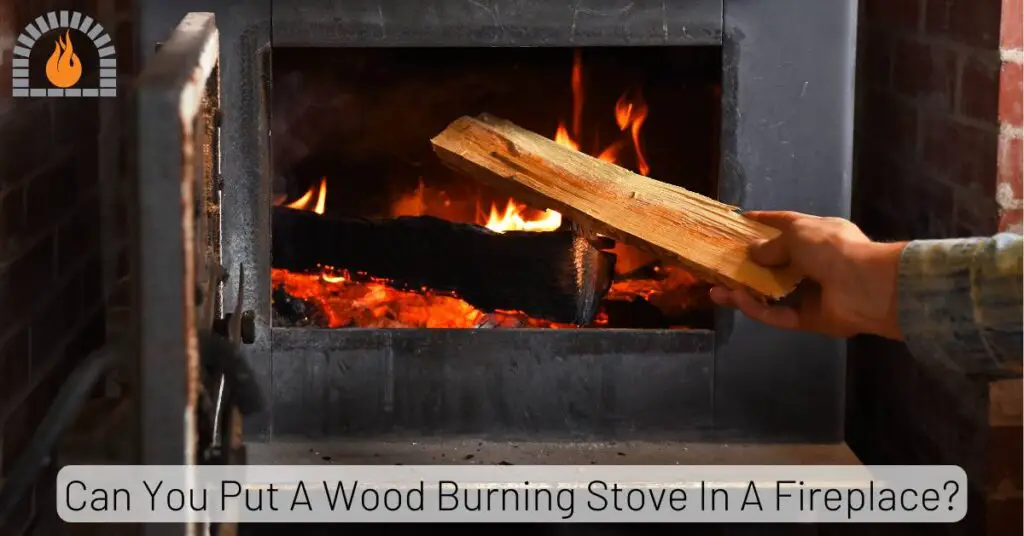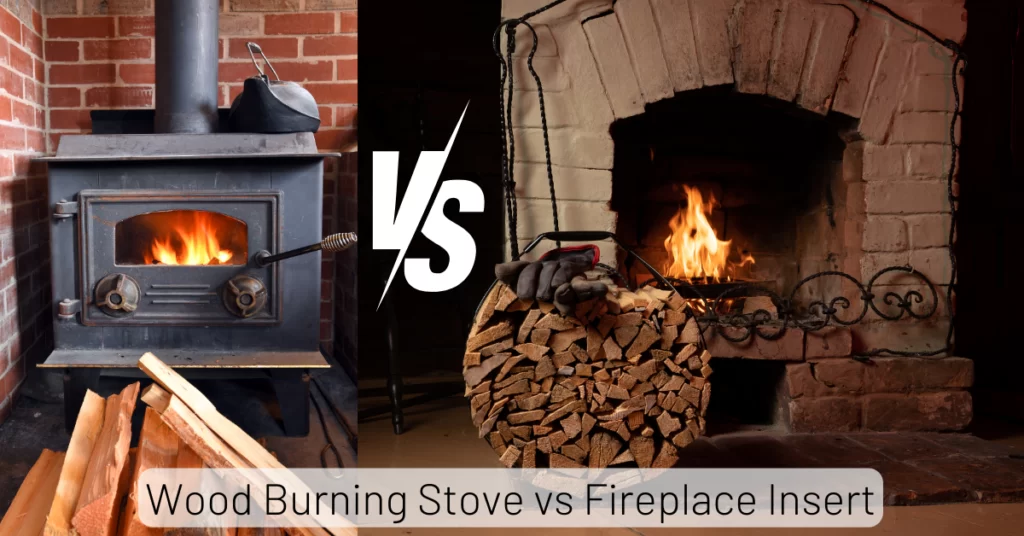A Timberline wood stove can be a cozy, efficient way to heat your home. But like any heating appliance, it occasionally runs into issues. Whether it’s a problem with poor heat output or smoke leakage, understanding how to troubleshoot these common issues ensures you can enjoy consistent warmth without stress.
This guide will walk you through the most frequent issues with Timberline wood stoves and offer practical solutions.
How Timberline Wood Stoves Work?
Timberline wood burning stoves are relatively straightforward machines. They burn wood to produce heat, and the smoke is vented through a chimney. Key components include the firebox, air vents, damper, and chimney.
Understanding how these parts work together is essential when troubleshooting problems. If one component isn’t functioning properly, the whole system can be affected.
Common Issues with Timberline Wood Stoves
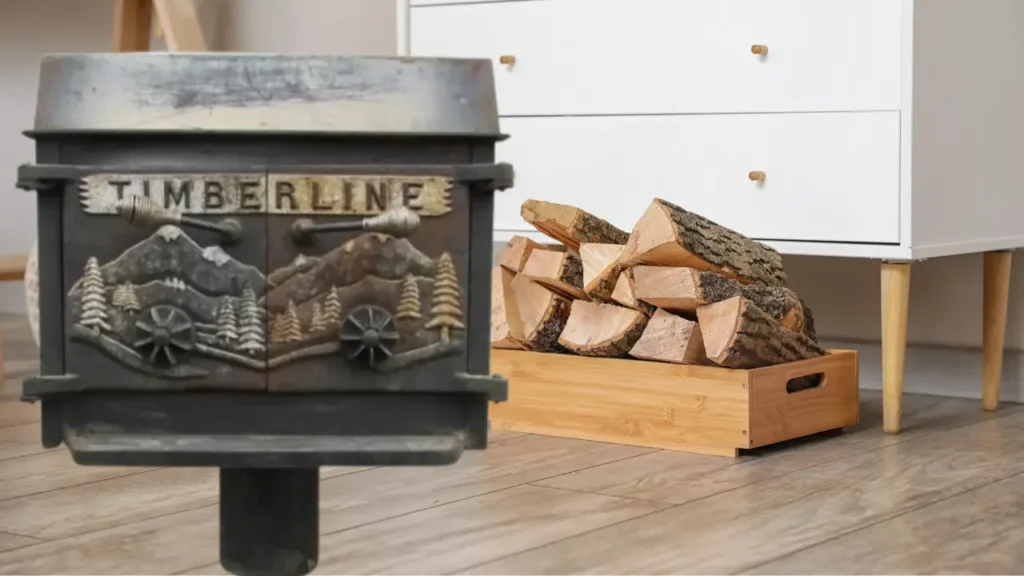
Poor Heat Output
Are you struggling to get your stove to heat the room properly? This is a common frustration among wood stove users. The issue could be caused by:
- Using wet or unseasoned wood
- Blocked air vents
- Dirty chimney reducing airflow
Solution: Always use seasoned wood with low moisture content. Also, ensure the air vents are properly adjusted to allow enough oxygen to fuel the fire. Cleaning the chimney regularly can also improve heat performance.
Difficulty Igniting the Fire
If your Timberline wood stove fire keeps going out shortly after lighting it, the problem might be with:
- Damp wood
- Inadequate airflow
- Cold air drafts down the chimney
Solution: Use smaller pieces of kindling to start the fire, and ensure the vents are fully open during ignition. Consider pre-warming the chimney by lighting a small piece of newspaper in the firebox to reduce cold air flow.
Smoke Leaking from the Stove
Smoke spilling into your living space from your Timberline wood burning stove is not only annoying but also dangerous. Possible causes include:
- A clogged chimney
- Poor draft due to external weather conditions
- Incorrect door gasket alignment
Solution: Inspect the chimney for blockages and clean it if necessary. Make sure the stove door gasket forms a tight seal and crack a window slightly to improve ventilation if needed.
Stove Overheating Issues
An overheating stove can damage the unit and create a fire hazard. Causes include:
- Burning excessive wood at once
- Air vents left fully open for too long
- Faulty damper not regulating airflow properly
Solution: Use smaller loads of wood and monitor the air vents to control the fire. Also, ensure the damper is functioning to prevent excessive airflow.
Air Ventilation Problems
Poor airflow can lead to incomplete combustion and low heat output. You might notice the fire struggling or dying out too quickly.
Solution: Check that the vents are free from ash buildup and adjust them to ensure a healthy oxygen supply for the fire.
Maintenance Issues and Solutions
Chimney Blockages
Bird nests, debris, or creosote buildup can block your chimney, reducing performance and causing smoke to back up.
Solution: Inspect and clean your chimney regularly, ideally once a year, to prevent blockages.
Creosote Buildup
Creosote is a byproduct of burning wood, and if left unchecked, it can become a fire hazard.
Solution: Use a wire brush or hire a professional to clean the chimney if creosote buildup is severe. Burn seasoned wood to minimize creosote formation.
Damaged or Worn-Out Gaskets
The gasket around the stove door ensures a tight seal. Over time, it can become brittle and cause leaks.
Solution: Replace the gasket by removing the old one and installing a new seal with stove cement.
Cracks or Leaks in the Stove Body
Cracks can occur due to overheating or general wear.
Solution: Use stove cement to fill minor cracks, but for significant damage, consider consulting a professional.
How to Properly Inspect Your Timberline Wood Stove
Conduct regular inspections to catch issues early. Check the firebox for cracks, inspect the chimney for clogs, and ensure all gaskets are in good condition. Tools like a flashlight, mirror, and gloves can help you thoroughly examine hard-to-reach areas.
Safety should always be a priority. Wear heat-resistant gloves, and ensure the stove is completely cool before attempting any repairs. Avoid using water to extinguish a fire, as it can damage the stove.
If you notice persistent issues like major cracks, a malfunctioning damper, or significant creosote buildup in your Timberline wood stove, it’s time to call an expert. Certified professionals can safely handle repairs and ensure your stove runs efficiently.
Routine maintenance helps you avoid costly repairs. Clean the chimney annually, replace gaskets when needed, and always use dry, seasoned wood. Inspect the stove regularly, especially before the heating season begins.
FAQs
How often should I clean the chimney?
At least once a year, or more frequently if you use the stove heavily.
What is the best wood to use in a Timberline stove?
Hardwoods like oak, maple, or hickory provide better heat output and burn longer.
Why does my stove produce too much smoke?
Check for clogged vents, wet wood, or chimney blockages that may be causing poor airflow.
Can I repair the stove door gasket myself?
Yes, replacing a gasket is a simple DIY task with the right tools.
How do I prevent creosote buildup?
Burn only seasoned wood, and avoid slow-burning fires, which produce more creosote.
Final Thoughts
Timberline wood stoves are a reliable heating solution, but occasional problems can arise. With the right troubleshooting steps, you can resolve common issues like poor heat output, smoke leakage, and ventilation problems.
Regular maintenance and safe operation practices will ensure your stove stays in top shape for years to come. When in doubt, don’t hesitate to call a professional to keep your stove running safely and efficiently.
Affiliate Disclosure: Fireplaceadviser.com is a participant in the Amazon Services LLC Associates Program. We may earn a commission when you click on certain links on this site and purchase.

Hello!! I am Jamal Khan. I often fix my home electric heaters and gas stove problems and research the common issues in the heating units to improve my knowledge and expertise. The aim of establishing fireplaceadviser.com is to share my expertise and knowledge with my audience.













